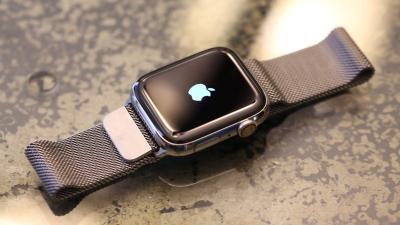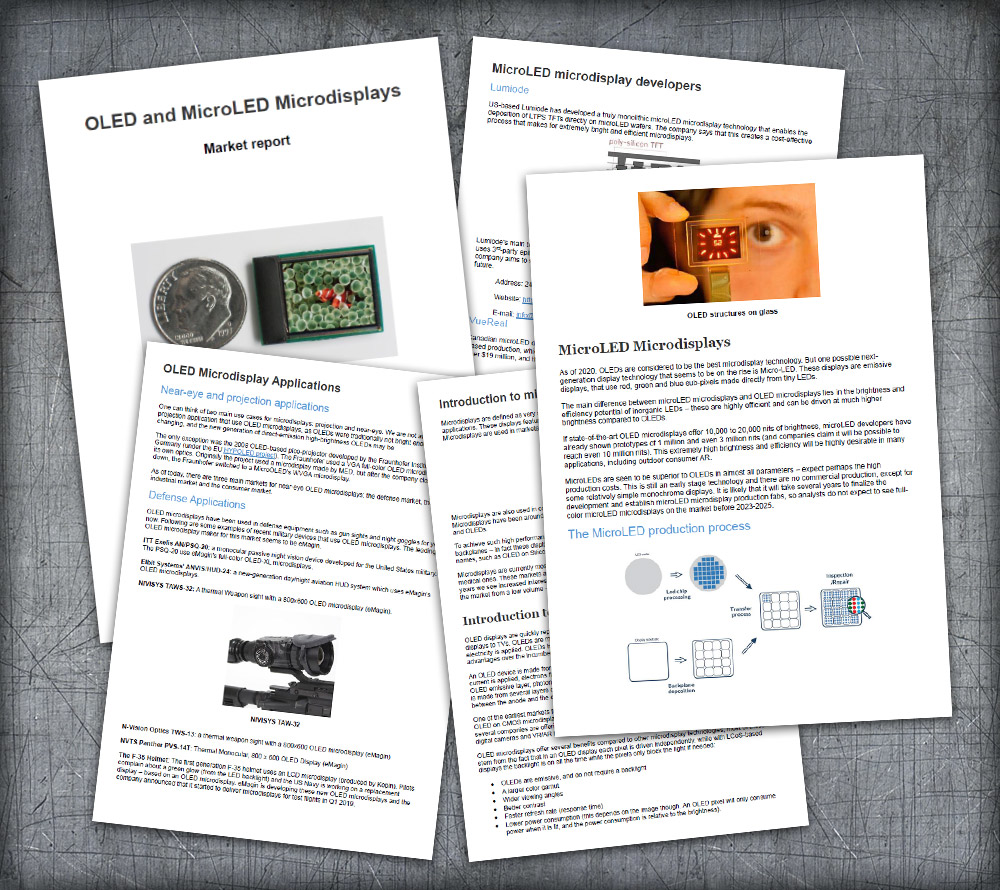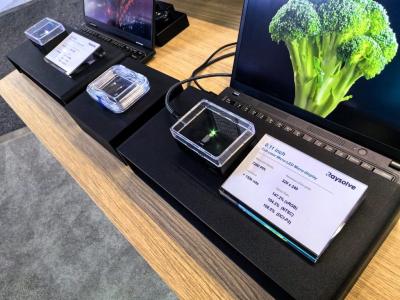Raysolve demonstrates a 0.13" 320x240 full-color 250,000 nits microLED microdisplay
Hong Kong based microLED microdisplay developer Raysolve Technology announced a new microdisplay product line, branded as PowerMatch 1. These are 0.13" 320x240 full-color microLED microdisplays, that achieve a high brightness of 250,000 nits (up from 150,000 nits in the company's previous panels). The company is using blue LEDs with quantum dots (QD) color conversion.
The company says that it managed to increase the brightness compared to its previous panels by optimizing both the GaN blue material and the quantum dots conversion materials, in addition to updates to the manufacturing process and the CMOS driver. The new dispalys achieve the same olor performance of its predecessor (108.5% DCI-P3).









